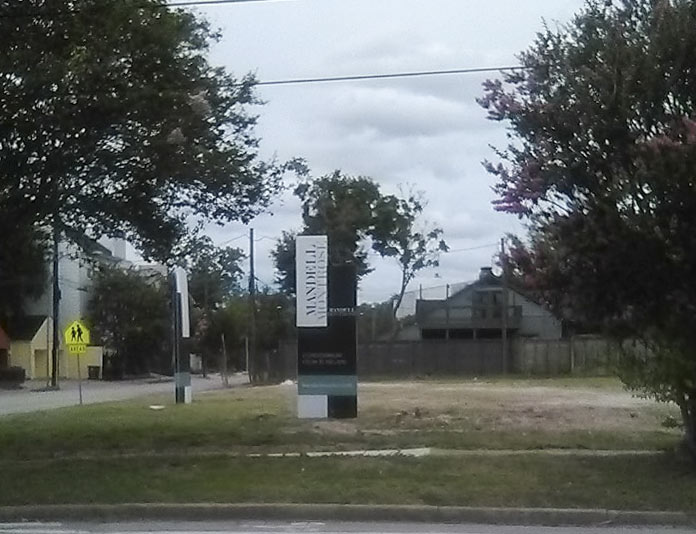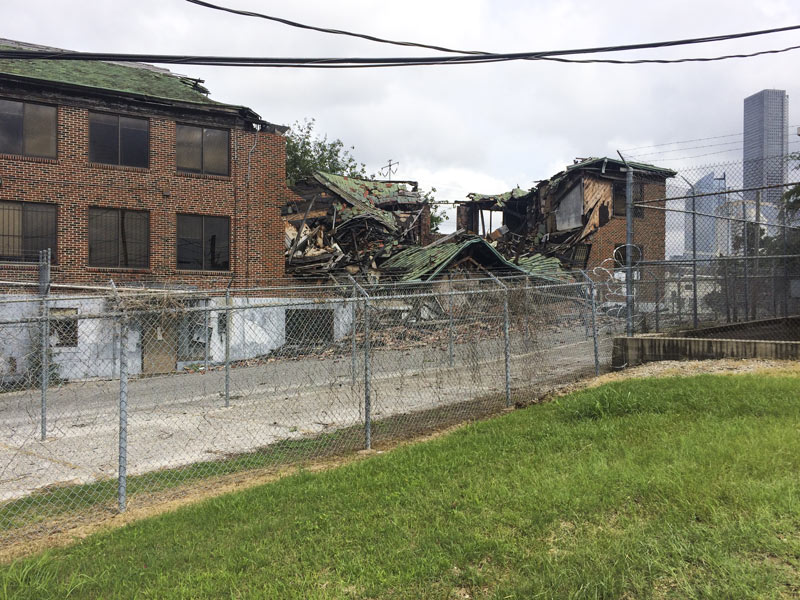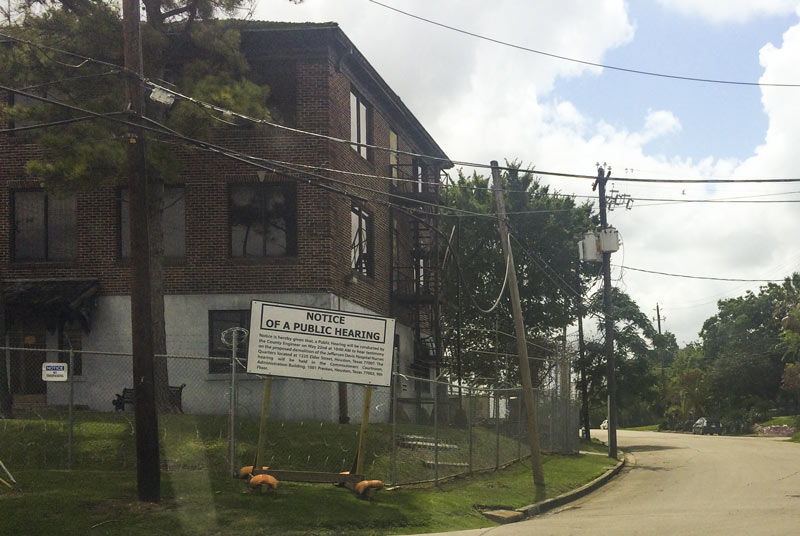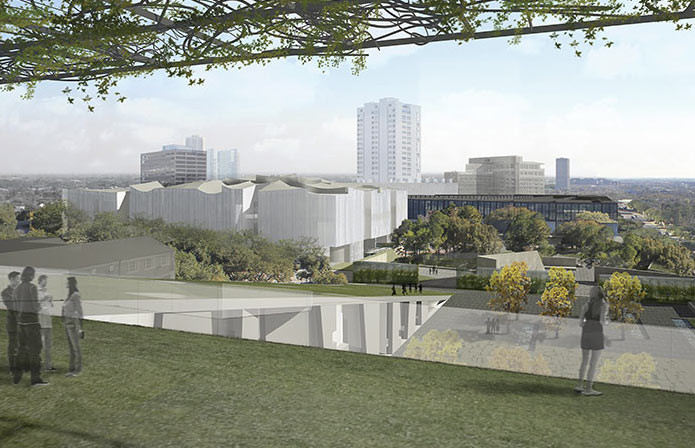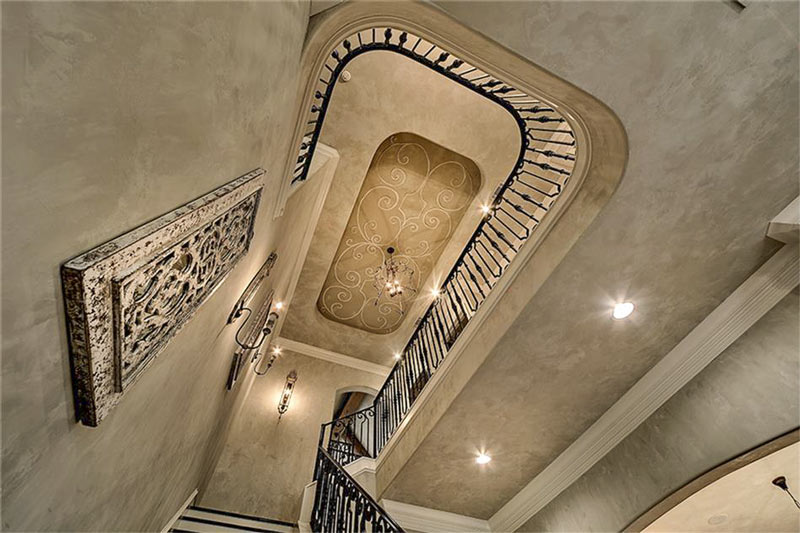
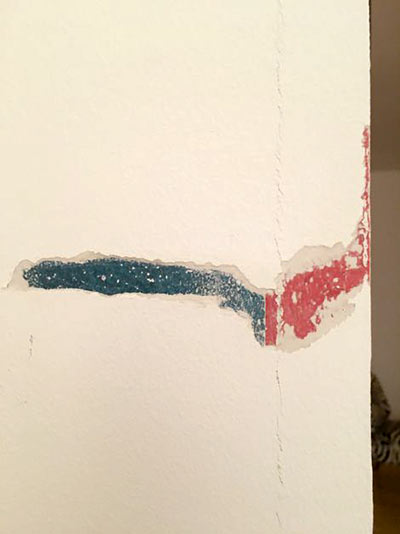
How’s this for a twisting story line? An architect commissions a famous artist to create a site-specific drawing in a house he has built for himself. The artist, who never touches his own works, creates exacting instructions that installation artists follow to create the 30-ft.-tall artwork in the living room of the home. The artist dies. A few years later, the architect dies, offering his home and the majority of his extensive art collection to a local but world-famous museum of which he was a trustee. The museum decides to sell the home and add much of the art to its collection, but there’s a problem with the wall drawing. It can’t be moved, and the museum is stymied by a restriction: It is not allowed to sell any artwork that has been bequeathed to it.
Here’s where the plot — and the drywall mud — thickens: the museum, unable to remove the artwork from the home without destroying it, comes up with an alternative plan. It will plaster over the drawing, rendering it unrecoverable.
Years later, the purchaser of the home is telling this story to a houseguest — who in a fit of curiosity grabs a dull knife and starts chipping away at the wall. The white coating flakes off. To his and his host’s surprise, a tableau of blue, red, and yellow appears: a fragment of the original drawing underneath.
What is this? The first 20 minutes of a new Wes Anderson movie, an episode of Columbo, or the setup for a Siri Hustvedt novel? No, its just the state of play at 1202 Milford St. in the Museum District. The artist is Sol LeWitt. The museum is the Menil Collection. The home is the former residence of Houston architect Bill Stern. And the plotline is still in progress:
CONTINUE READING THIS STORY
The Unerasing
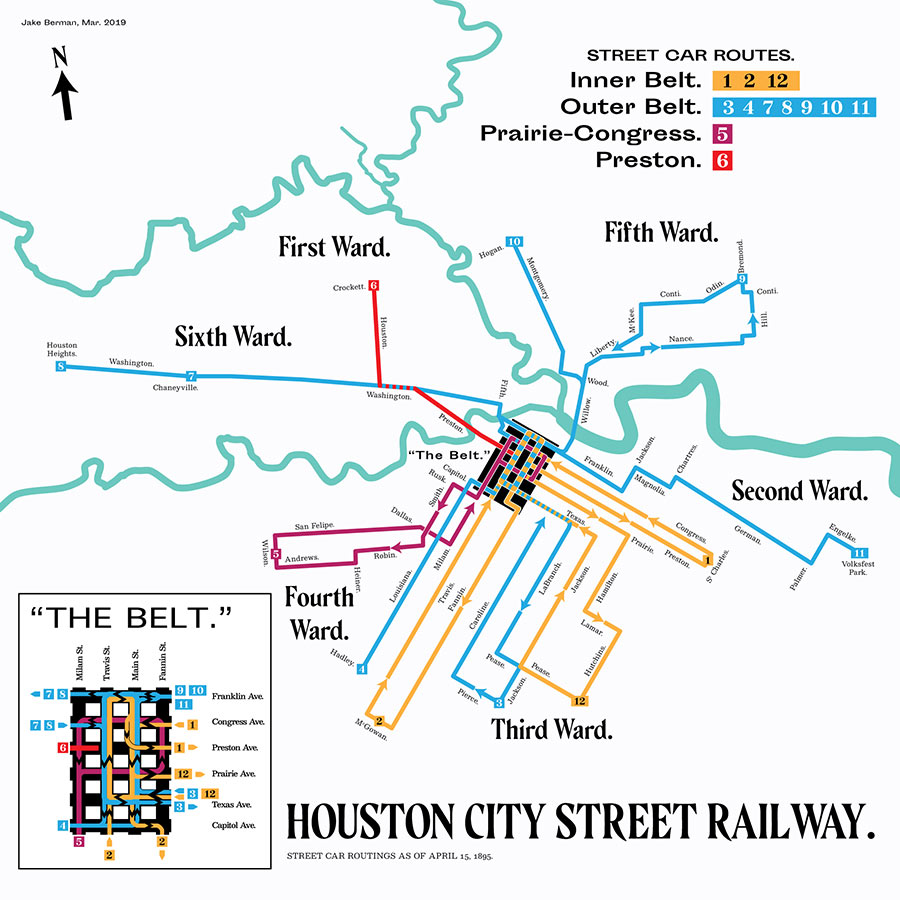
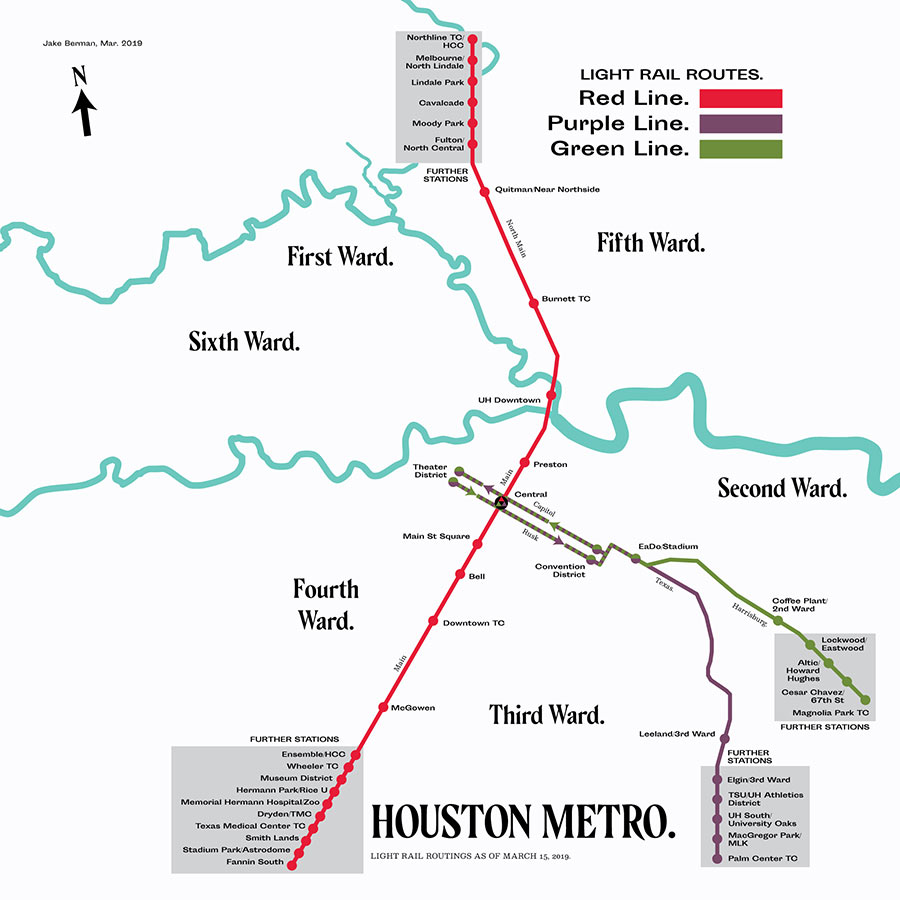


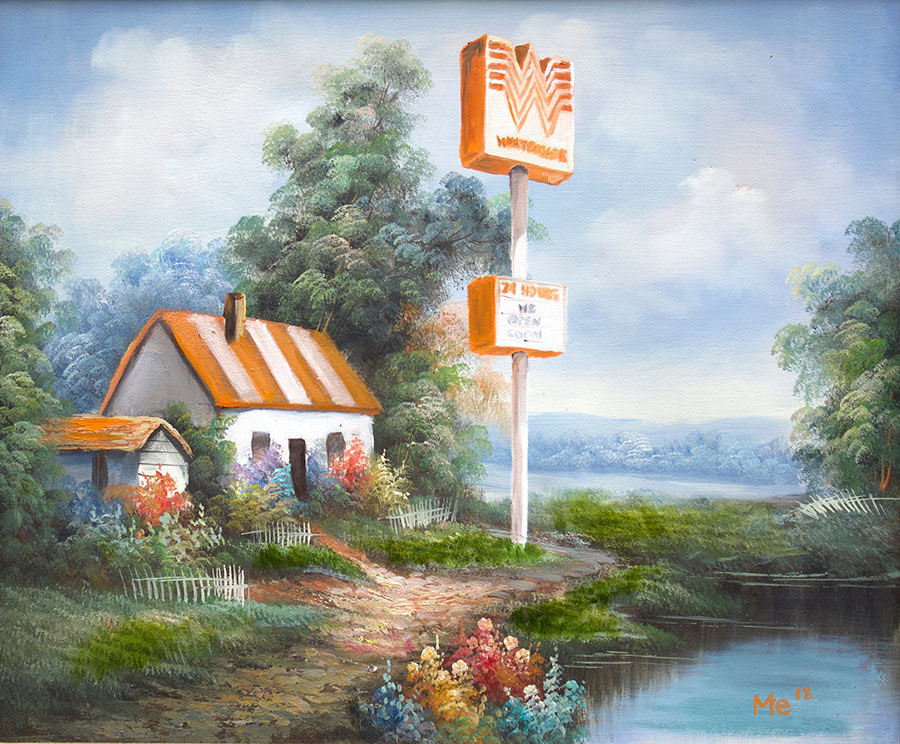
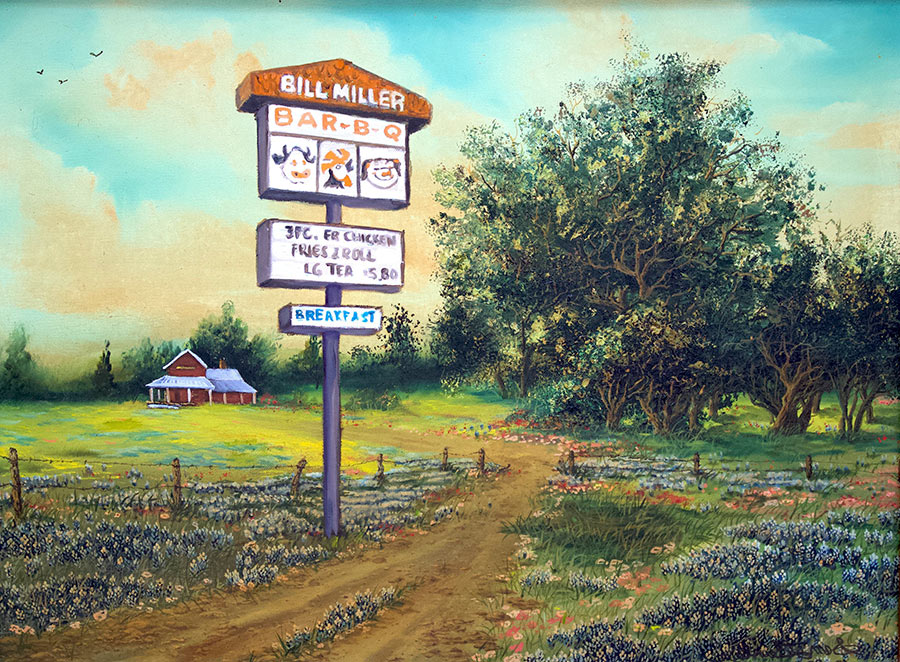
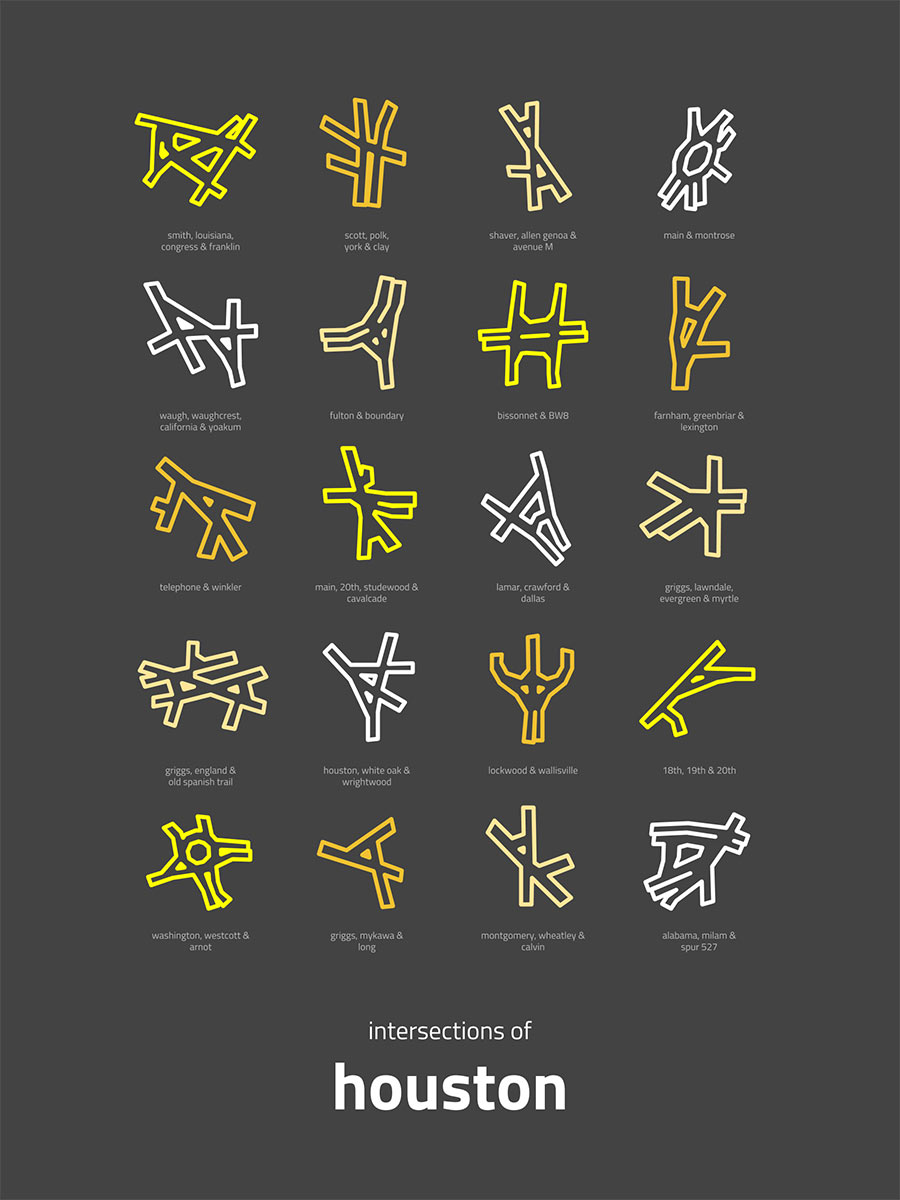
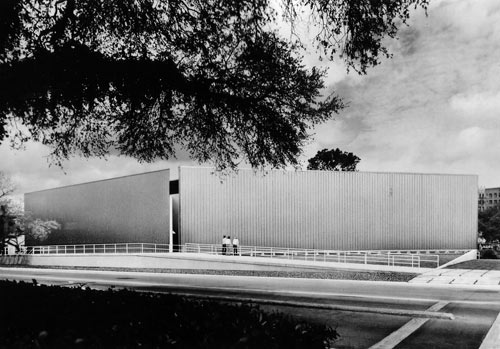 One highlight of Pete Gershon’s new book about Houston’s ’70s and ’80s art scene is his description of the all-out melee that erupted in the Contemporary Arts Museum’s upper gallery at the opening night of an exhibition put on by Spanish artist Antoni Miralda in 1977. Notorious for his work with food, Miralda, writes Gershon, had “hung color photographs of brightly hued macaroni, labeled huge mounds of salt and sugar with garishly flashing neon signs, and showed videos . . . of food being prepared and eaten in restaurants from around Houston.” The centerpiece was “four thousand loaves of bread dyed with food coloring” which performers placed “on a 175-foot row of benches bisecting the exhibition space.” Following some nibbling and “the playful tossing of slices,” one “
One highlight of Pete Gershon’s new book about Houston’s ’70s and ’80s art scene is his description of the all-out melee that erupted in the Contemporary Arts Museum’s upper gallery at the opening night of an exhibition put on by Spanish artist Antoni Miralda in 1977. Notorious for his work with food, Miralda, writes Gershon, had “hung color photographs of brightly hued macaroni, labeled huge mounds of salt and sugar with garishly flashing neon signs, and showed videos . . . of food being prepared and eaten in restaurants from around Houston.” The centerpiece was “four thousand loaves of bread dyed with food coloring” which performers placed “on a 175-foot row of benches bisecting the exhibition space.” Following some nibbling and “the playful tossing of slices,” one “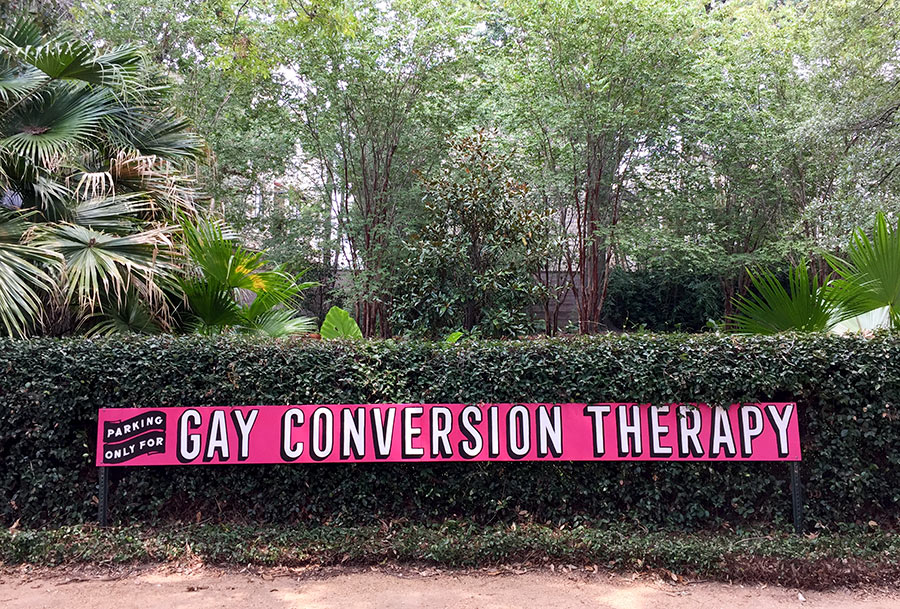
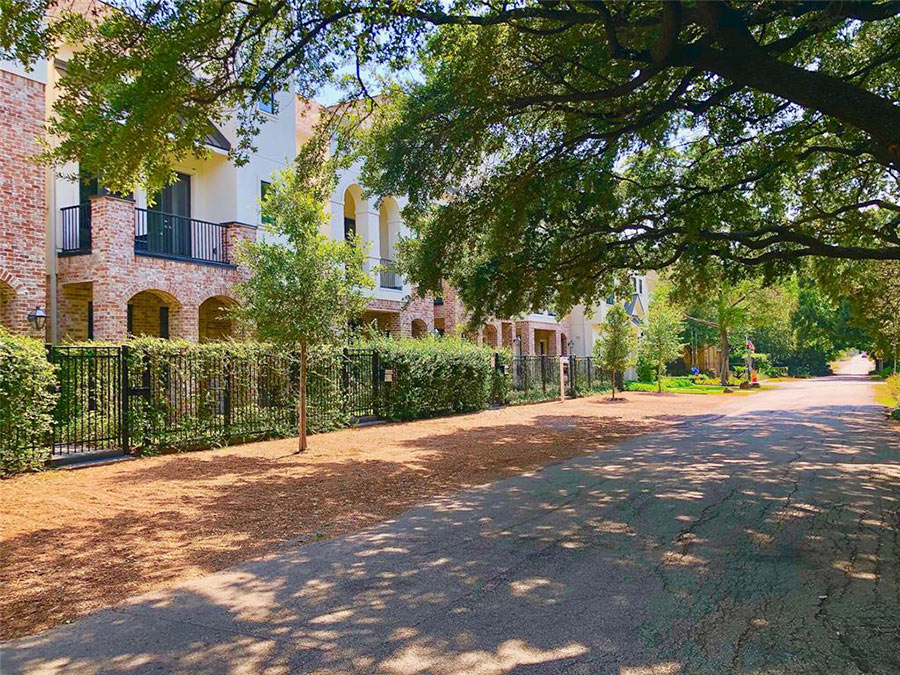


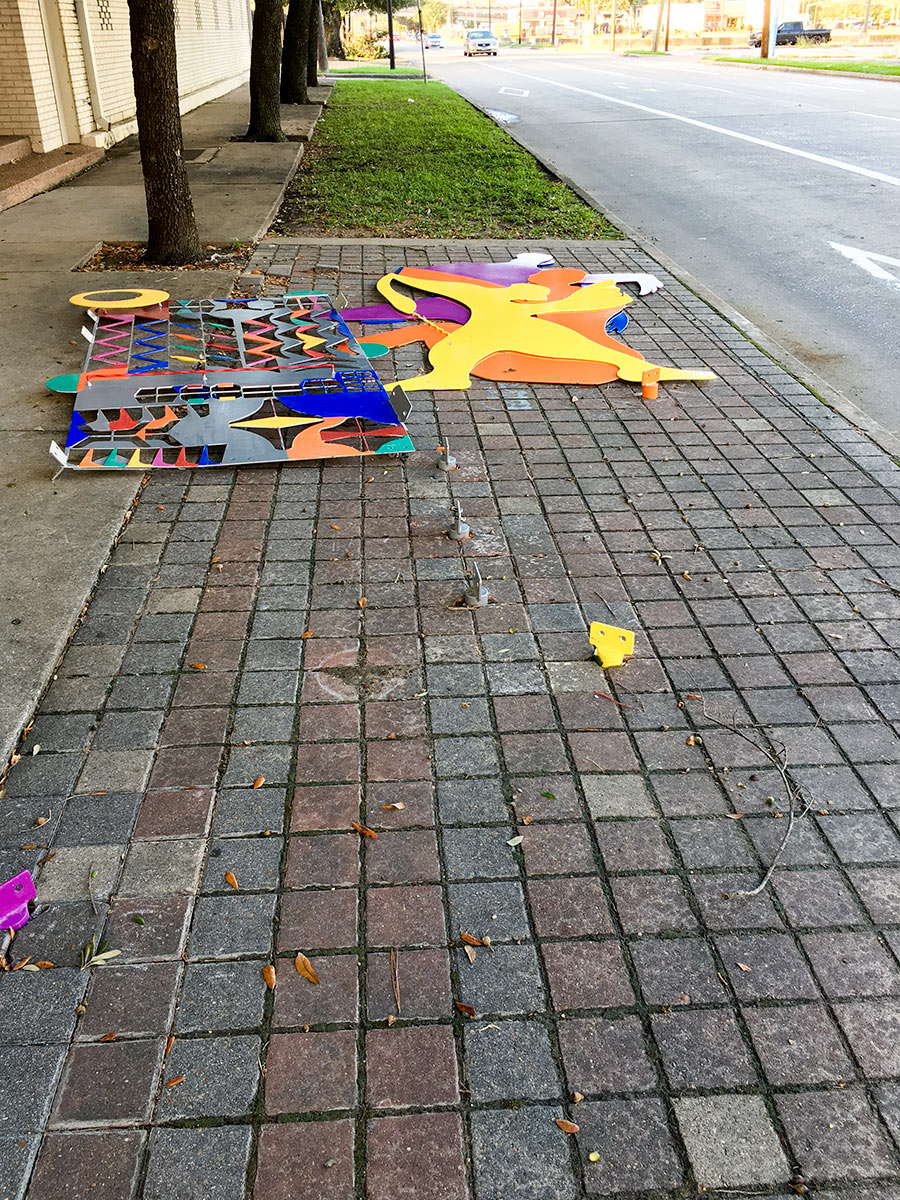
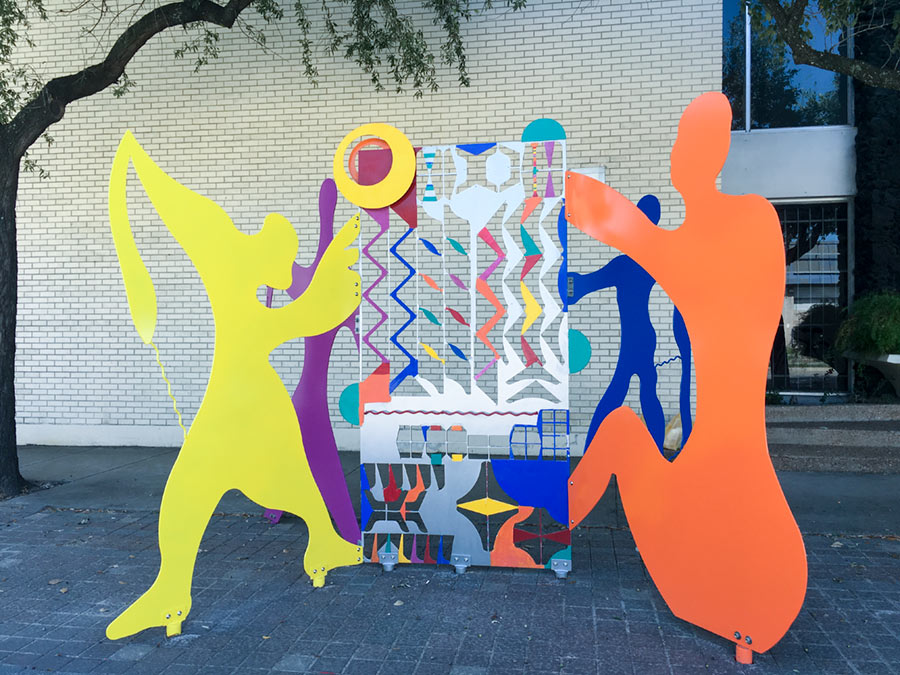
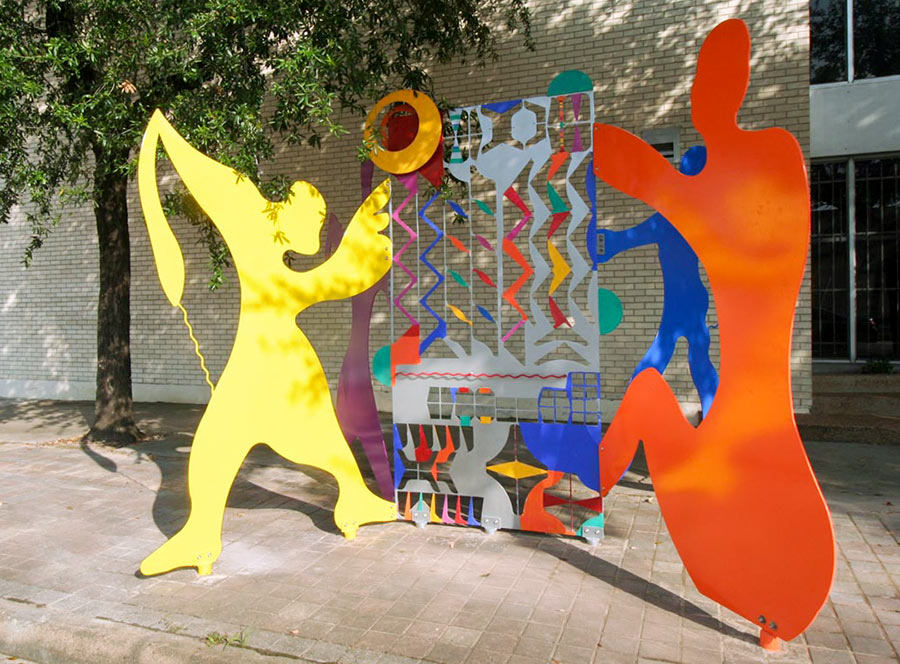
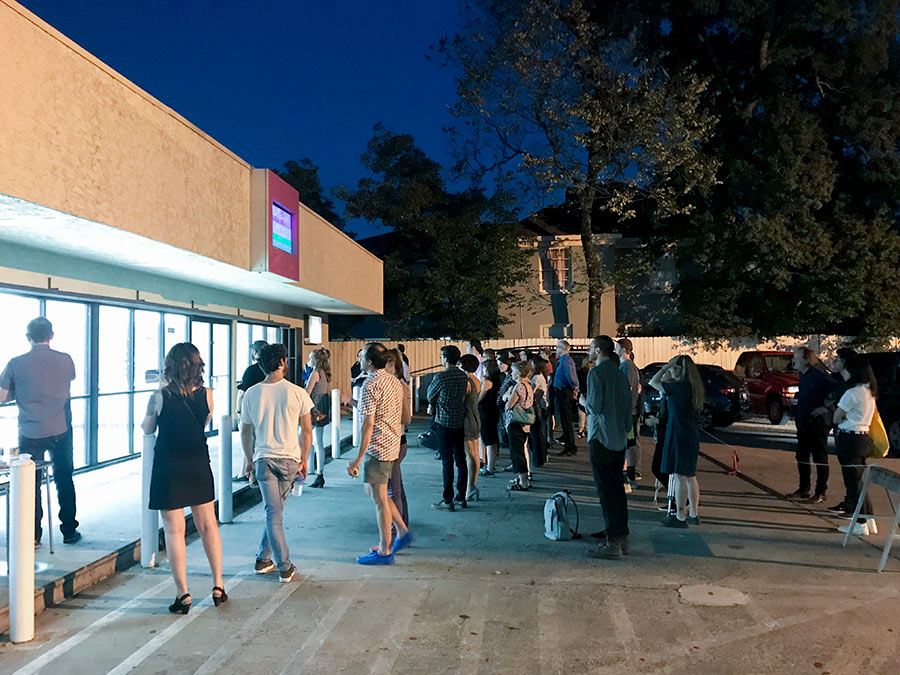
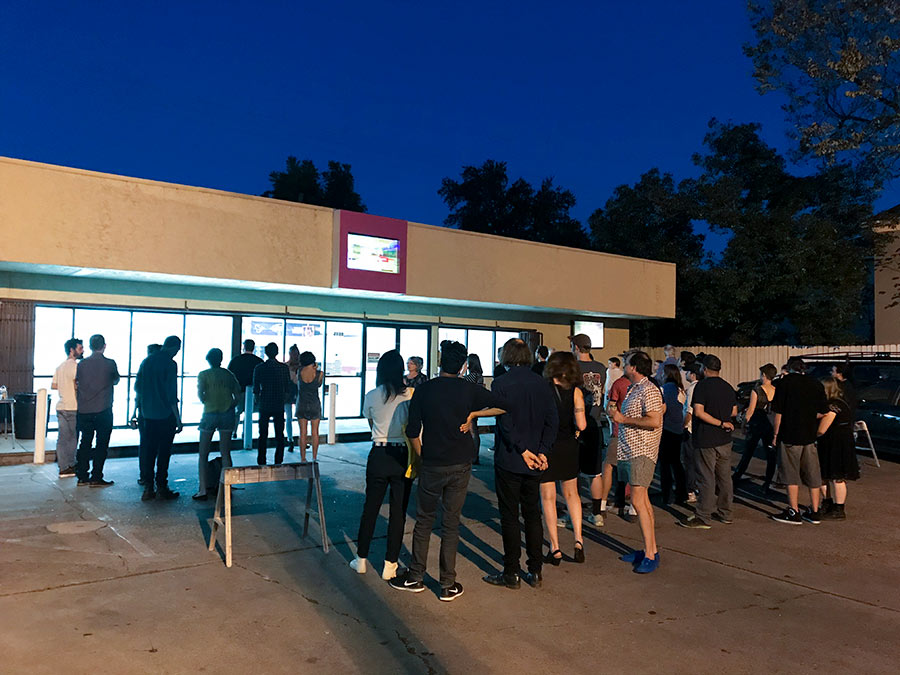

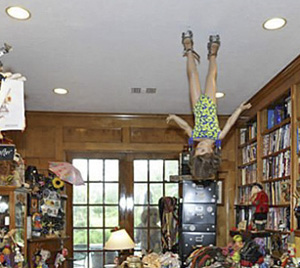 “I’m just trying to sell my house,” says the long-time artist resident of 4302 Colony West Dr. in Richmond (the
“I’m just trying to sell my house,” says the long-time artist resident of 4302 Colony West Dr. in Richmond (the 